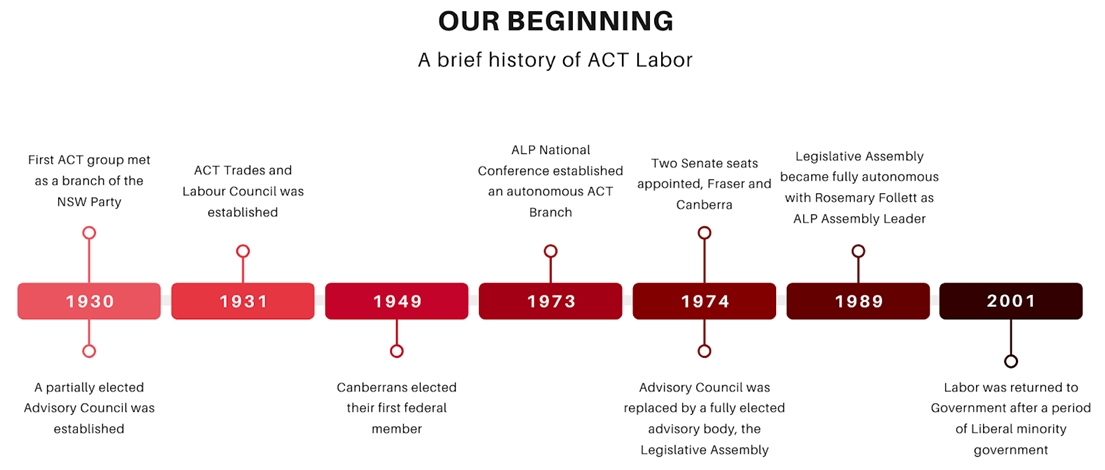Labor History

Formation
In 1930 the first Labor Branch in the ACT was established as part of the NSW Labor party and held its first meeting at the Friendly Society's hall in Kingston. The party-endorsed candidates for the Advisory Council and also for the Canberra Community Hospital Board.
In 1931 the Branch called a meeting of trade union representatives which resulted in the formation of the ACT Trades and Labour Council. During the 1940s the party continued to grow. It met monthly in either the Civic or Kingston Hotel.
The party lobbied for federal representation and in 1949 Canberrans elected their first federal member. Initially an independent was elected but shortly after Jim Fraser won the seat for the ALP, a position he held for 19 years until his death in 1970.
Becoming an Independent Branch
In 1973 the ALP National Conference established an autonomous ACT Branch. The ACT was divided into two electorates of Canberra and Fraser, and two Senate positions were established in 1974.
Despite Canberra’s identity being shaped by Federal concerns, in 1930 a partially elected Advisory Council was established. The ALP has endorsed candidates to the different versions of this body since its inception. In 1974 the Advisory Council was replaced by a fully elected advisory body titled the Legislative Assembly. In the first elections, the ALP won 4 out of the 18 positions.
In 1978, the Federal Liberal Government held a referendum on self-government. The referendum was conducted in such a way as to ensure a negative outcome. Following the referendum, the ACT House of Assembly was created which had similar advisory powers to the old Legislative Assembly. In the 1979 and 1982 elections, Labor won 8 of the 18 positions.
Towards Self Government
Following the abolition of the House of Assembly in 1987, a fully autonomous Legislative Assembly was established in 1989 and the ALP captured 5 of the 17 positions. As the ALP was the largest party, Rosemary Follett, the ALP Assembly Leader, was able to form the first government. Rosemary Follett held office for 7 months until a coalition of Liberals and others toppled the government.
The ALP re-took power in June 1991 after a successful no-confidence motion was moved against the Alliance Government. ACT Elections were held in February 1992 and Labor was returned to power with the number of MLAs increased from five to eight, only one short of majority Government. After the 1995 and 1998 elections, the ALP formed the Opposition to a minority Liberal Government. Labor won back Government in October 2001 and continues to serve in Government today.
Building a Modern Canberra
Under the leadership of Jon Stanhope, Katy Gallagher, and Andrew Barr, Labor has implemented a progressive reform agenda, including:
- Australia’s first Human Rights Act,
- Nation-leading investment in renewable energy and emission reduction targets,
- Significantly expanding the rights of women and the rights of LGBTIQ Canberrans,
- Investing in modern infrastructure including the National Arboretum and Light Rail,
- Overseeing nation-leading Health and Education systems.
Interested in learning more?
For more information about the history of the Australian Labor Party, you can visit the Chifley Research Centre's Labor History website www.laborhistory.org.au.
If you are interested in the history of the ACT Labor Party, you can purchase a copy of Chris Monnox's book ACT Labor 1929-2009 through Party Office.

